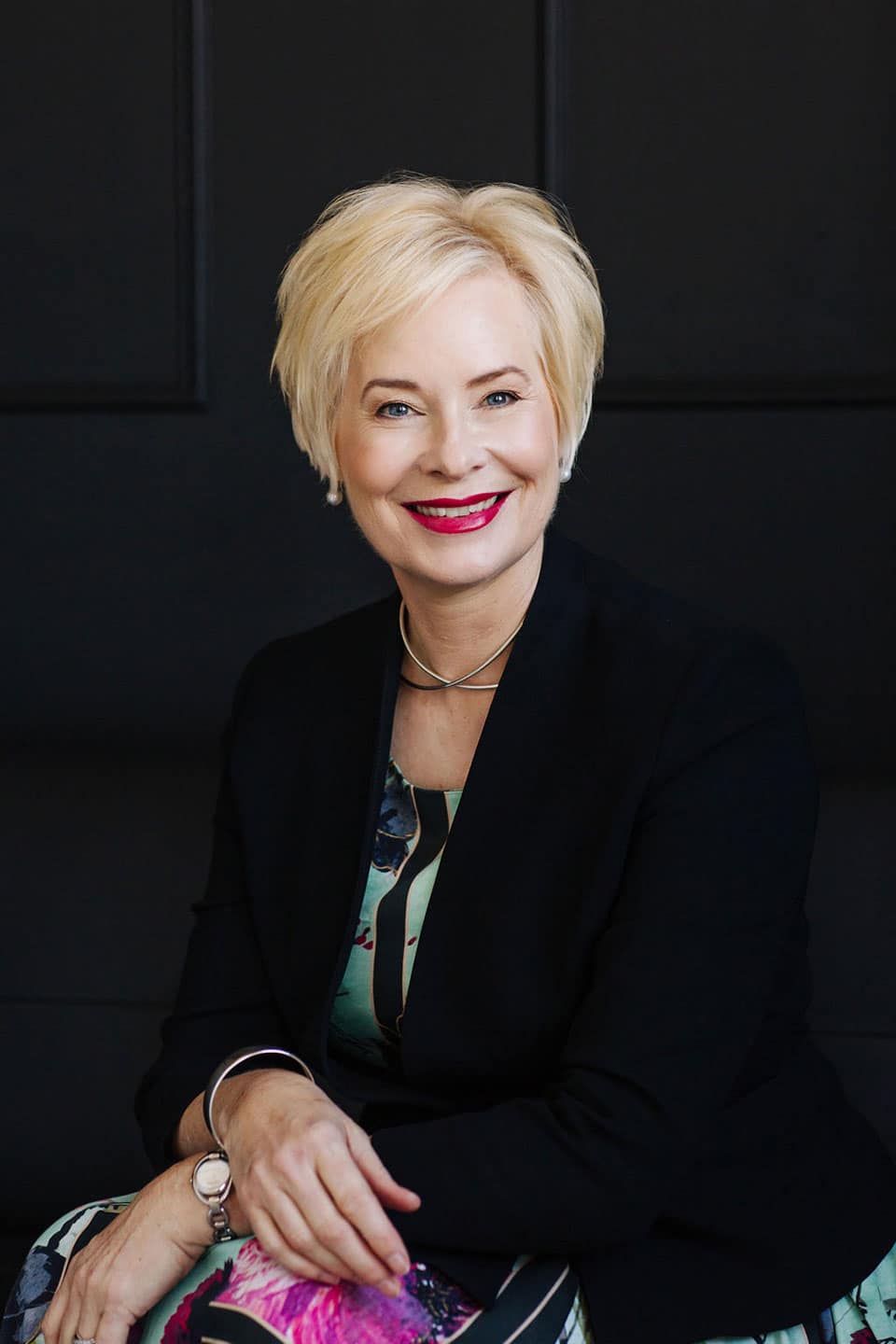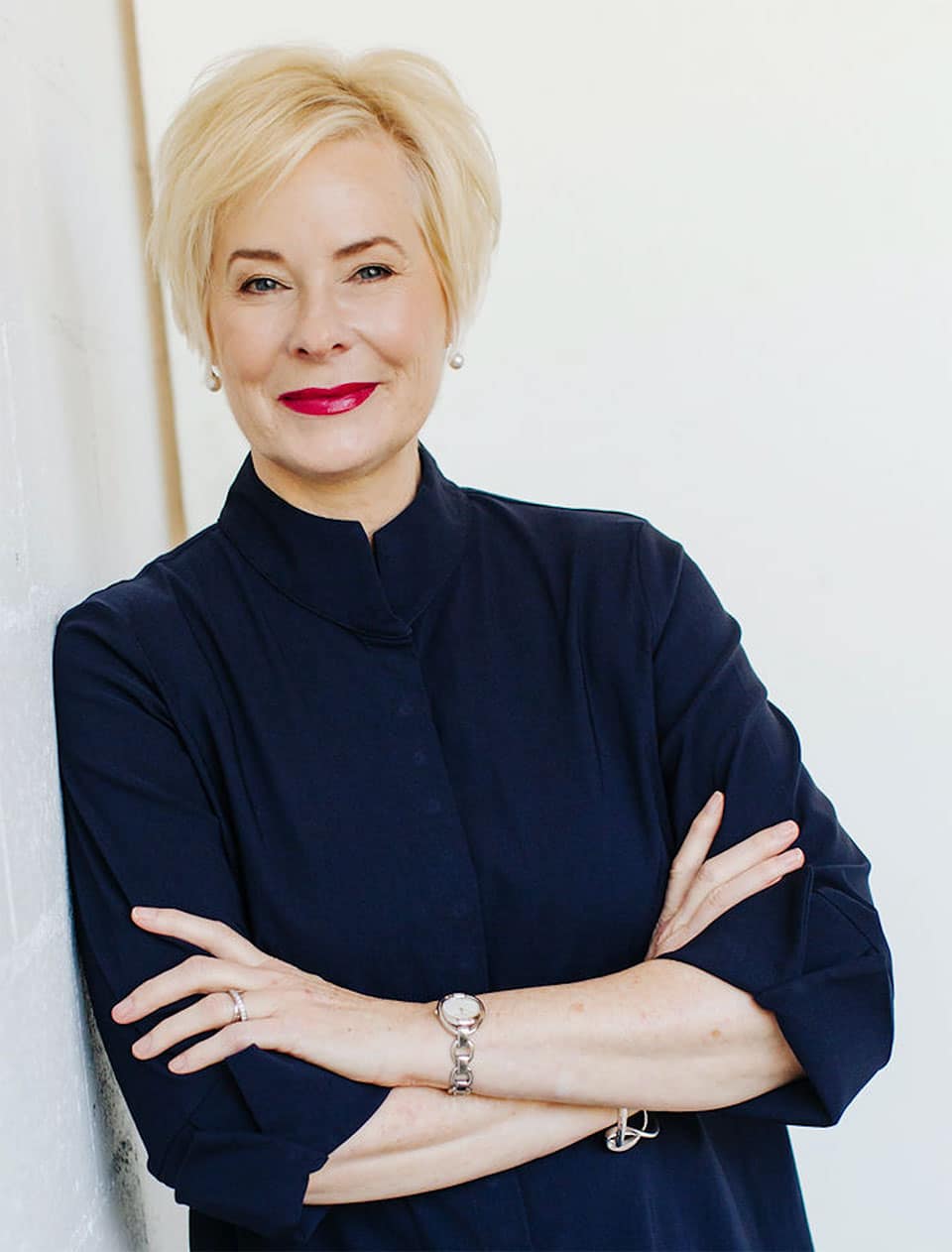Making sure workers have a good day gives companies a competitive advantage

Despite the dizzying pace of innovation and digitization over the past couple of years, many senior business leaders say their digital strategy is outpaced by business demands. The need for digital solutions and innovations is already transforming how we work (and live), yet there remains a gap between what we want and what we have.
In Workday’s recent survey of business leaders, employee experience and skills are considered key to enabling the acceleration of digitization. This is not news: when people enjoy their work, they are more innovative and productive. If we want more innovation and productivity to fuel acceleration, then we need more enjoyment and creativity from workers.
Yet what does it take for people to truly enjoy their work? The ‘Great Resignation’ and hybrid work discussions show just how complex it is to get the employee experience right. Part of the problem lies in a misunderstanding, by some companies and senior leaders, about how to create good work experiences. Too often the need for transformation gets translated into overly-ambitious goals, too much drive and over-competitiveness, which in turn is translated into unrealistic demands, micro-managing and insufficient rewards. That sabotages rather than strengthens results. It burns rather than inspires workers.

The rise and rise of overwork expectations
In 2020, there was a huge surge in activity to respond to the pandemic: in mid-2022, as the prospect of endemic rather than pandemic status nears, one might expect that we have less need to surge.
However, I know of just one organisation where work expectations and pace have ‘relaxed’ to pre-pandemic levels. That CEO has consciously and deliberately put the brakes on, and people are breathing a sigh of relief.
For many others, puzzlingly, not only is there no relaxation, the pace is even greater than before. For example, a professional services firm reaped a 15% productivity bonanza when workers no longer travelled or commuted during COVID. Yes, more work is what high performers tend to do when they ‘have more time’. As this firm adapts its hybrid work arrangements, it’s trying to find a way to have everyone back in the office and keep that productivity gain.
We find ourselves in mid-2022 with an increase, rather than a decrease, in overwork. As another example, about a third of Microsoft’s 100,000 employees are now working a ‘triple peak’ day. The traditional peaks before and after lunch have been joined by a new peak in the hours before bedtime, with most activity around 10pm. While this may be partly due to increased flexibility, in reality, it’s working hours that are increasing.
We seem to be operating in parallel universes: in one, continuing to dial up the pressure to overwork, and in the other, providing wellbeing programs to help people ‘cope with the pressure’. There are unnecessary costs for both people – burnout and health problems – and organisations – disengagement and turnover. This is not the way to increase enjoyment and creativity.
CEOs rely particularly on top performers to work on the hardest projects, compensate for weaker team members and help out on efforts not related to their work, making burnout more likely for them. The tacit expectation has gone from overworking to over-surging, which increases the chances of a toxic work culture. You can better manage the pressure experienced by all workers and top performers in particular by prioritising their work enjoyment.
If you can replace ‘toxic days’ – too much pressure, too little autonomy, too much conflict – with ‘ideal days’ – stimulating work, low conflict, moderate time pressure – this can give you a competitive advantage.
To achieve a competitive advantage, reduce toxic days for your top performers
CEOs can help top performers to perform at their most creative, stay engaged, avoid overwork and burnout by reducing their toxic work experiences.
Researchers who reviewed 11,000 surveys from employees’ work experiences rated them according to whether they were one of these five kinds of days:
- Toxic – low freedom, high obstacles, lots of conflict
- Disengaged – low in stimulation and obstacles, ‘check out’ days
- Typical – average in stimulation and excitement
- Ideal – high in stimulant factors, few obstacles, moderate time pressures
- Crisis – high stimulant and obstacle days, in effect ideal and toxic days wrapped up together but usually with positive conflict, where people debate together to get the right outcome
Eight percent of days were toxic, 10% disengaged, 34% typical, 30% ideal and 19% crisis.
Toxic days are low in freedom, challenging work, resources, team support, supervisor encouragement and organisational encouragement, and high in obstacles: time pressure, political problems/contention, and low risk/conservative attitudes. Too many of these and you have burnout. These days result in threat or avoidance responses that reduce creativity and work output.
On the other hand, self-reported Ideal days increase creative performance.

10 ways to detoxify your workplace and help high performers experience their ‘ideal days’
- Make it explicit. Tell your people that you want the best for them; tell them why it matters to you.
- Ask what works. Take the time to ask high performers what makes their ideal day, remove obstacles, and increase freedom and healthy challenge.
- Show you care. ‘I care about how you experience work’, ‘I want the best for you’, ‘I know that you can do this’, and sometimes, ‘I’ll take care of that for you’.
- Make it safe. Set a safe context to share information, raise mistakes and voice concerns: ‘I’ve got your back’.
- Give them hope. Let high performers know what your ideal climate for the organisation is, make it inspiring. ‘We do/can do such amazing work together’, ‘Imagine what it will be like when we…..’
- Call it in. Take people aside to let people know if/when/what they contribute to toxicity, help them to commit to removing obstacles.
- Call it out. Share progress and setbacks publicly. Let people know you’ve noticed when things are toxic, and what needs to change.
- Call it great. Make news out of progress, ‘We did this!’ ‘It’s getting better’, ‘We’re improving every day’.
- Jettison the worst. One bad apple can spoil the whole bunch and there’s only one course of action: be clear about what/who needs to go, and do it.
- Make it count. Tell the story of the change, add chapters to share progress and successes, share the story with team newcomers, and repeat.
Happy workers willingly do more work and are more creative. Making sure workers enjoy their work, and have good days at work, is a relatively easy lever you can use to fuel the acceleration of your digital transformation, and increase your competitive advantage.
Written by Dr. Karen Morley.
Have you read?
These are the countries with the Highest Average Salaries, 2022.
International Financial Centers Ranking, 2022.
The 1-2-3 of Psychological Safety by Leo Bottary.
A Metaphor for Healthy Growth by Leo Bottary.
Top-10 Requirements Management Tools and Software.
CEO Masterclass: Mastering our Mindset by Craig Dowden.
Bring the best of the CEOWORLD magazine's global journalism to audiences in the United States and around the world. - Add CEOWORLD magazine to your Google News feed.
Follow CEOWORLD magazine headlines on: Google News, LinkedIn, Twitter, and Facebook.
Copyright 2025 The CEOWORLD magazine. All rights reserved. This material (and any extract from it) must not be copied, redistributed or placed on any website, without CEOWORLD magazine' prior written consent. For media queries, please contact: info@ceoworld.biz








